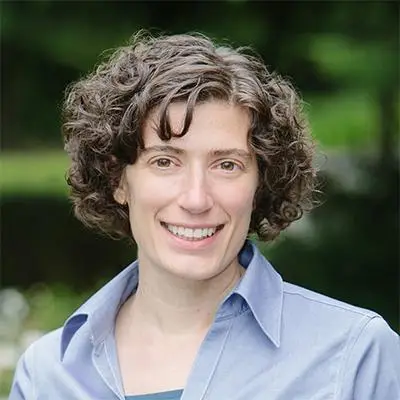As the charter movement grew, so did concern that charter schools would become boutique schools for affluent families. By 2010, that concern had been dispelled—half of the 1.8 million students in charter schools came from low-income families. But it was increasingly clear that many charter schools were exclusive in another way: they were not enrolling as many special education students as the district-run schools nearby.
Sometimes, this gap happens because charter schools find other, effective ways to serve students who might have been assigned to special education in their traditional schools. But in other cases it’s a genuine disparity of service. That’s especially concerning in the several states where charter schools hold the status of an independent district (called “LEA status”) and are thus legally obligated to serve all students regardless of their learning needs.
It’s not just a matter of numbers but of purpose. As I’ve learned in helping my family find good educational and life opportunities for my severely disabled aunt, the best environments for people with special needs are often small, flexible, and dedicated to a specialized mission—characteristics that charter schools tend to share.
In 2010, Robin Lake edited Unique Schools Serving Unique Students: Charter Schools and Children with Special Needs, a much-needed book that turned attention to special education in charter schools. Unlike much of the coverage of the issue, Unique Schools wasn’t dedicated to calling out where charters fell short. Rather, the book stands out because the contributors showed where real solutions existed for families, and how those opportunities could be leveraged even more widely.
The exemplar charter schools presented in Unique Schools shared some important core principles: a commitment to serving students with special needs, support for teachers, customized services, positive student-to-student interactions, and a focus on identifying the right educational services regardless of what a previous individualized education plan might have prescribed. Faculty in these schools honor their founding mission whether they are a school for the deaf, a dropout recovery school, a college-prep middle school, or large comprehensive elementary school, and at the same time find a way to honor the needs of every student who comes into their school.
The CHIME charter elementary and middle schools in California, for example, focus on students’ needs as soon as they arise, with specialists focusing attention to kids falling behind as early as kindergarten. Teachers throughout the school team up to facilitate inclusion. Woodland Elementary Charter School, a school outside Atlanta serving over 800 students with a wide range of learning abilities, is finding great success using talented and gifted strategies that emphasize reasoning and complex answers and deemphasizing rote learning with their special education students at all levels. ISUS Institute of Construction Technology in Dayton reengages dropouts with a hands-on skills development program that brings their academic work to life through building houses. Special education students there are in the same boat as their peers, who also need help as they remedy a patchwork of unproductive educational experiences.
The authors didn’t duck a discussion on the legal obligations of charter schools. Laws and regulations play an important part in ensuring fair access to students with special needs, and contributor Lauren Morando Rhim clearly laid out the legal responsibility of charter schools. But what families with students with special needs want more than strict adherence to regulation is a school that reaches out to them and says, We will figure out how to make this work. We will use every bit of our flexibility, capacity, and creativity to provide your child with an excellent and caring educational experience.
To highlight this book, and the schools that serve students with special needs well, isn’t to excuse charter schools for underenrolling these students or to criticize district-run schools. Rather, it’s a way for those interested in special education to see just how valuable the charter sector can be in creating more options for students with special needs, and for those working in the charter sector to realize they can—and must—do more.



